If you want to write for media publications, figuring out who and what to pitch is half the battle.
That being said, the juice is worth the squeeze. A single “as seen in” media byline can give your writing portfolio and/or business big credibility points for years to come. Many media outlets now accept op-ed submissions from unpaid contributors as well as pitches for paid freelance writing opportunities.
Whether you’re pursuing an opinion piece to land free coverage, want to generate additional income each month, or both, the publications listed below are actively accepting new submissions from writers. Your next article pitch could be one of them.
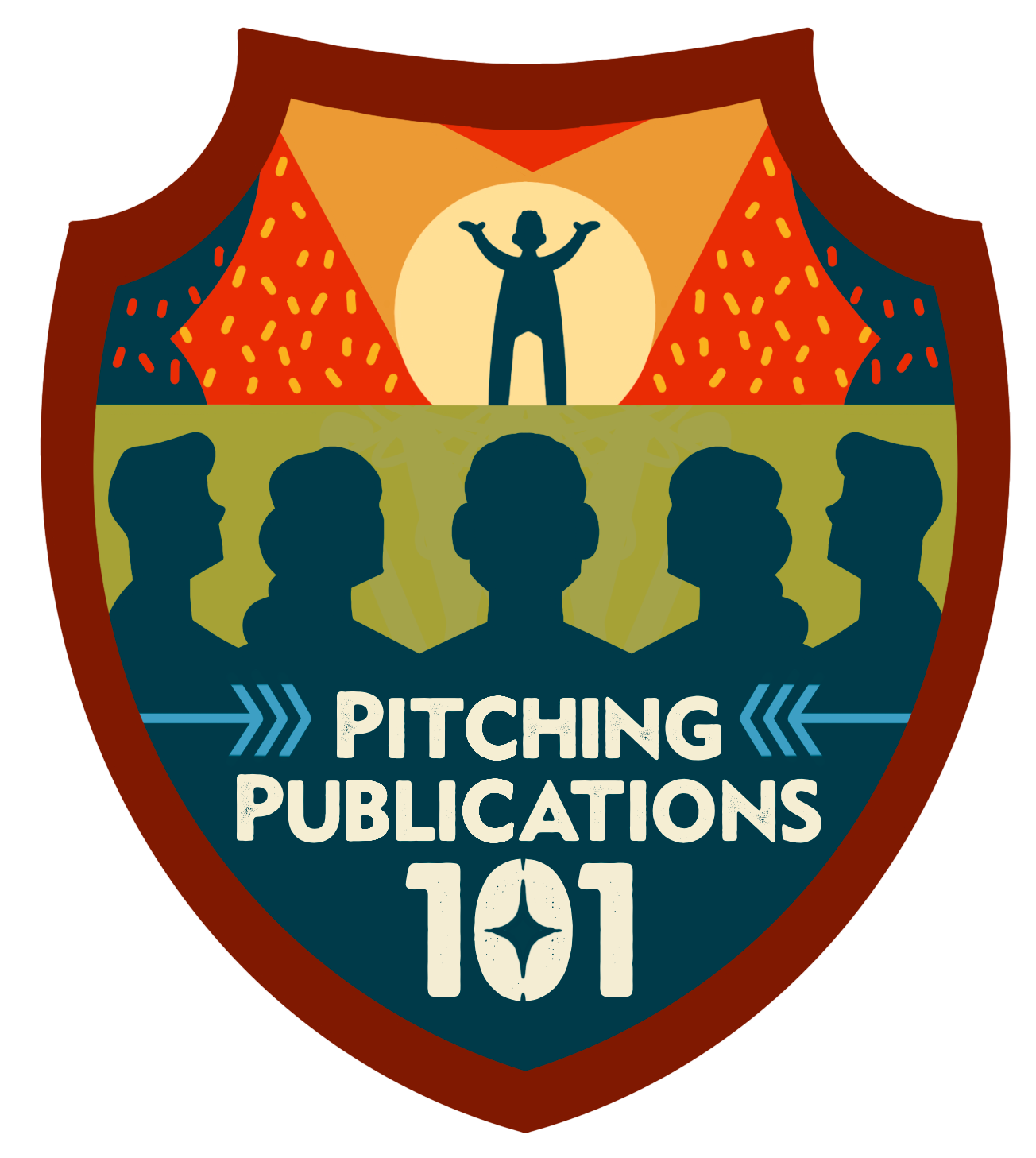
Limited-Time Offer: ‘Pitching Publications 101’ Workshop
Get the ‘Pitching Publications 101’ Workshop and two other resources as part of the Camp Wordsmith® Sneak Peek Bundle, a small-bite preview of my company's flagship publishing program. Offer expires one hour from reveal.
3 Ingredients for Successful Pitching
Pitching articles can feel like a black box sometimes. For a pitch to be successful, you need three things in your corner:
- Outlet awareness. You need to know what outlets, small publications, and mainstream magazines exist for your industry.
- Targeting awareness. You need marching orders on who to pitch at the outlet, as well as how to send them an elevator pitch that will catch an editor’s eye.
- Pitch quality. You need a good pitch that stands out from the noise in an editor’s inbox and gets the clicks. Your pitch is sort of like your cover letter for your “job interview” as a freelance writer, and it makes a first impression.
This post offers pitch instruction summaries for 72 publications that are currently accepting email pitches, along with a brief description of what to keep in mind when it comes time to shoot your shot and build relationships as a freelance journalist.
Pro Tip:I know, I know: This post is long. Outlets are organized by category. If you're looking for a specific outlet, consider using the find command (CTRL+F on Windows, COMMAND+F on a Mac).
72 Publications to Pitch
National and Regional News Publications
News publications are where many of our modern media traditions originated. Because of the size and scope of many of these publications, it’s best to pitch your best stories to a specific editor for a specific vertical. Research the publication’s site to see if there is a “contact” or “write for us” page to get moving in the right direction.
Many outlets reserve the Opinion section for outside commentary; these sections are unpaid, but are a way for the general public to have their perspectives or expertise featured in top-tier media outlets. Here are details for how to pitch articles to the opinion sections of various regional and national publications.
The Boston Globe — Opinion

🔗 Details on how to pitch The Boston Globe are here.
The Boston Globe is a Boston-based newspaper that was founded in 1872. Their opinion section welcomes completed and previously unpublished first-person essays of 700 words or less on Massachusetts-related topics.
The Chicago Tribune — Opinion

🔗 Details on how to pitch The Chicago Tribune are here.
The Chicago Tribune is a Chicago-based newspaper that was founded in 1847. Their opinion section welcomes completed and previously unpublished first-person essays of 600-900 words on Illinois-related topics.

The Los Angeles Times — Opinion
The Los Angeles Times is a Los Angeles-based newspaper that was founded in 1881. Their opinion section welcomes completed and previously unpublished first-person essays on California-related topics, as well as stories with national or international appeal.
Details on how to pitch The Los Angeles Times are here.

The New York Times — Opinion
The New York Times is a Boston-based newspaper that was founded in 1851. Their opinion section welcomes completed and previously unpublished first-person essays on New York-related topics, as well as stories with national or international appeal.
Details on how to pitch The New York Times are here.

National Public Radio (NPR)
NPR is a nonprofit media outlet that focuses heavily on radio and podcasts. It was founded in Washington, D.C. in 1970. The outlet does digital and audio journalism in several dozen niches; pitches should be specific to a certain show or column.
Details on how to pitch NPR are here.

Texas Observer
The Texas Observer is “a nonprofit news organization known for independent, investigative reporting, narrative storytelling and sophisticated cultural criticism about all things Texan,” according to their website. They were founded in 1954, have both print and online publications, and focus on impact journalism specific to the state of Texas.
Details on how to pitch Texas Observer are here.

USA Today
USA Today is a national online and print newspaper that was founded in 1982. Their opinion section welcomes completed and previously unpublished first-person columns of 550-750 words on issues of national relevance.
Details on how to pitch USA Today are here.

The Wall Street Journal — Opinion
The Wall Street Journal is a New York City-based newspaper that was founded in 1889, and is one of the premier financial publications in the world. Per their website: “Your article should be a strong argument about an issue in the news. And it should not be a response to a Journal article; that is a letter to the editor. For an idea of what we are looking for, read the Journal's editorial page on a regular basis.”
Details on how to pitch an op-ed to The Wall Street Journal are here.

The Washington Post — Opinion
The Washington Post is a national newspaper based in Washington, D.C. that was founded in 1877. Their “Inspired Life” section accepts positive, uplifting stories of up to 1,200 words. Stories must be complete and previously unpublished, and can be first-person or reported essays.
Details on how to pitch The Washington Post’s Inspired Life column are here.

Limited-Time Offer: ‘Pitching Publications 101’ Workshop
Get the ‘Pitching Publications 101’ Workshop and two other resources as part of the Camp Wordsmith® Sneak Peek Bundle, a small-bite preview of my company's flagship publishing program. Offer expires one hour from reveal.
“Everything” Publications
The following publications cover many different topics. The throughline of these different publications is the demographic they’re targeting, or a style of coverage, rather than industry-specific commentary. A good pitch will speak to these outlet’s audiences as well as the subject matter at hand.
AARP: The Magazine
Believe it or not, AARP: The Magazine is a hallowed placement for PR professionals. That’s because the magazine has the highest circulation of any magazine in America: in 2021, the magazine had a circulation of 22.5 million, and an average readership of 36.9 million people. Founded in 1958, the magazine has both print and online divisions.
Pitches should be up to a page in length and include past writing samples, and they should not include a completed draft, unless you are submitting a first-person personal essay.
Details on how to pitch AARP: The Magazine are here.

The Atlantic
Founded in 1857, The Atlantic is one of the oldest media publications in America. The publication covers a wide range of topics and article lengths, and focuses on topical coverage, current events, and issues both directly and indirectly related to the current political climate. In addition to vertical-specific email addresses, consider researching and following who the editors of different verticals are when crafting your pitch so you can get right to the point.
Details on how to pitch The Atlantic are here.

BuzzFeed
BuzzFeed is a far-reaching and controversial publication. Contributors are able to sign up and become a contributor whenever they like, resulting in a wide variety of listicles and other superficial pieces that have a more tips and tricks focus.
Then, on the opposite end of the spectrum, you have BuzzFeed news, a respected news division that has won The Pulitzer Prize, the Sidney Award, the National Press Foundation Award, and the National Magazine Award, among others. BuzzFeed was founded in 2006, and BuzzFeed news was established in 2011.
Details on how to pitch BuzzFeed are here.
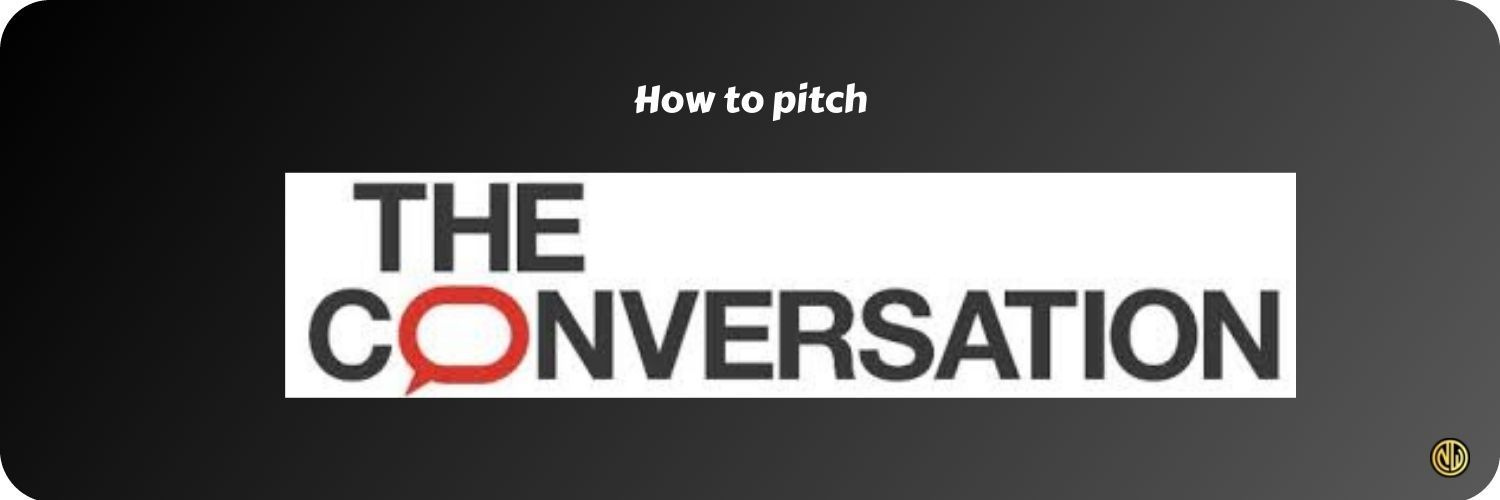
The Conversation
The Conversation publishes articles on a wide range of topics, but only accepts submissions from established researchers, university or government academics, or PhD candidates. The publication was founded in 2011.
Details on how to pitch The Conversation are here.

The Huffington Post
Founded by Arianna Huffington in 2005, The Huffington Post has evolved into one of the larger and more influential publications in modern American media. According to their website:
“Pitches should include a working headline, two to three paragraphs that outline why you think the story matters, with some indication of how you plan to report and tell the story (e.g., sources, key characters or narrative events). Also tell us a little about who you are and why you're the right person to write this story, and please indicate whether your pitch is timely.”
Details on how to pitch The Huffington Post are here.

Mental Floss
Mental Floss was founded in a Duke University dorm room in 2001, and is beloved for its bright editorial voice and enthusiasm for how-to explainer content on every topic you can imagine. The outlet pays for content, and has a running list of what types of pitches they’re looking for. Mental Floss wants to see pitches that are one to two paragraphs in length.
Details on how to pitch Mental Floss are here.

Vox
A fairly new outlet, Vox’s commitment to “explanatory journalism” has helped it rapidly ascend into one of the most influential outlets in America. The outlet boasts a powerhouse YouTube channel (which has over 10 million subscribers), excellent podcasts, and collaborations with companies like Netflix, and was founded in 2014.
Details on how to pitch Vox are here.
Lifestyle Publications
Lifestyle journalism is the reason many magazines exist. Everyone loves to read about adventure, culture, and the human experience; if cultural commentary is in your career purview, consider pursuing one or more of these bylines now.
AFAR
AFAR is a travel publication that was founded in 2009. The outlet specializes in deep-dive travel content, and has both print and online editions. The pay is $1/word for the print edition and $0.50/word for the online edition. There are separate pitching guidelines for the print and online editions, so you’ll want to customize your pitch.
Details on how to pitch both the online and print editions of AFAR are here.
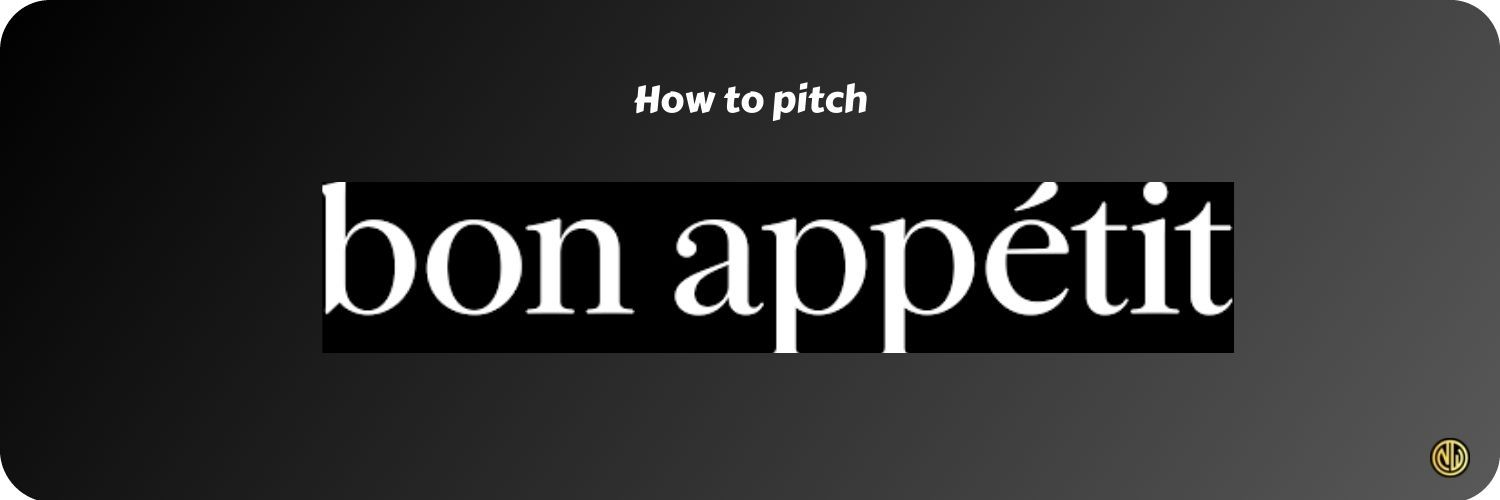
Bon Appétit
Bon Appétit was founded in 1956 — as a free liquor store magazine, actually! The brand is owned by Condé Nast, and has grown into a powerhouse food outlet with a popular YouTube channel. The online edition accepts both tactical and cultural article ideas, and their pitch instructions are especially clear.
Details on how to pitch Bon Appétit are here.

Condé Nast Traveler
Condé Nast Traveler is a travel brand and magazine founded in 1987 that has become synonymous with luxury. The brand has won an impressive 25 National Magazine Awards, and wants to see succinct pitches of two paragraphs or less, per their online pitching guidelines.
Details on how to pitch Condé Nast Traveler are here.
Cosmopolitan
Cosmopolitan was first established as a family magazine all the way back in 1886. After an earlier transition to becoming a literary magazine, it found its current footing as a women’s magazine in 1965. Cosmo is one of the most iconic lifestyle magazines in America, and covers a range of topics. Cosmopolitan UK has explicit pitching instructions. Cosmopolitan US does not, but they do have a well-developed masthead to help you target and pitch the correct editor.
Details on how to pitch Cosmopolitan UK are here.
The Cosmopolitan US masthead is here.

Eater
Eater is a popular food publication that was founded in 2005 and focuses specifically on restaurant coverage. They expect examples of past work in your initial pitch, along with why you’re qualified to write the article.
Details on how to pitch Eater are here.
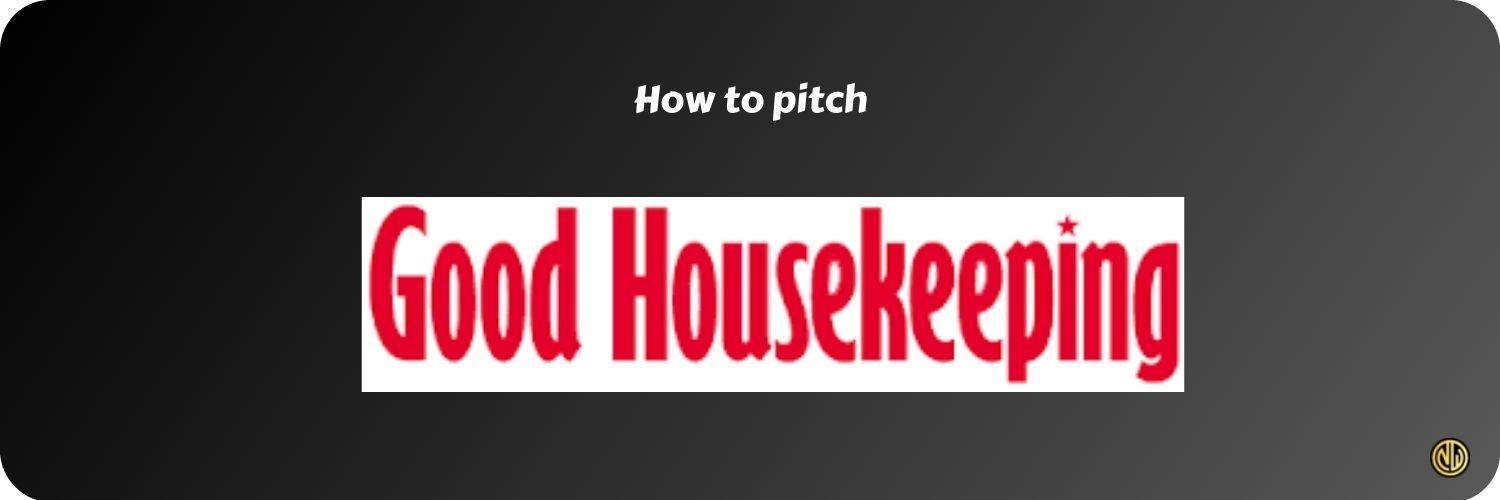
Good Housekeeping
Good Housekeeping is a lifestyle publication that was founded in 1885, and became famous for its product testing coverage. Its original mission statement was a bit toxic — existing “to produce and perpetuate perfection—or as near unto perfection as may be attained in the household,” yikes! — but like many media brands, it has evolved with the times. The brand is one of the few lifestyle media outlets that can truly call itself a lifestyle brand, and a byline in Good Housekeeping equals instant credibility.
Details on how to pitch Good Housekeeping are here.
i-D
i-D is a youth culture magazine founded in 1980 that focuses on fashion, art, music, and lifestyle. The brand’s signature is a writeup called the “Straight Up”, which consists of “a head-to-toe portrait of someone street cast with great personal style, often accompanied by a short question-and-answer defining their life, likes and dislikes.” When founder Terry Jones tried to submit photography in this style to British Vogue in 1977, it was considered too controversial, inspiring him to start his own publication instead.
Pitches to i-D should have a clear culture hook and appeal to younger generations.
Details on how to pitch i-D are here.

Polygon
Polygon is a video games publication that has been around since 2012. It’s owned by Vox Media, and focuses on the stories of the people behind video games, rather than only video games themselves. Read the publication to get an idea of what their current coverage looks and feels like. Polygon’s pitching guidelines are similar to those of Eater and parent brand Vox.
Details on how to pitch Polygon here.
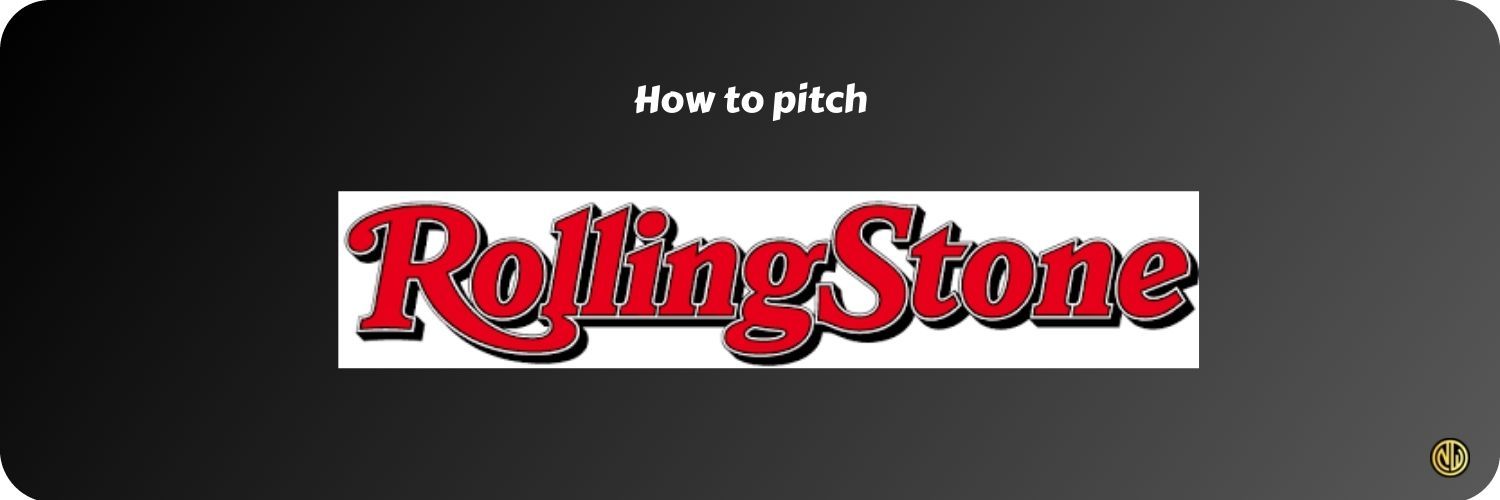
Rolling Stone
One of the most American magazine brands in existence, Rolling Stone was founded in 1967 in San Francisco. The magazine mostly covers insider scoops in entertainment, but also considers bold, gutsy features and exclusive news scoops.
Details on how to pitch Rolling Stone are here.

SELF
SELF Magazine is a Condé Nast publication that was founded in 1979. The outlet is a women’s lifestyle magazine that focuses more heavily on health and beauty coverage. Per their website, they focus almost exclusively on service journalism, a style of article that incorporates journalism and reporting in an effort to educate the reader. “Do this, here’s why” is a good summary of what a service article should look and feel like.
Details on how to pitch SELF are here.
Slate
Slate is a top daily web news outlet that was established in 1996 and covers many verticals, including news, politics, culture, technology, business, and human interest coverage. The common denominator at Slate is a bright, strong editorial voice and a smart take on our modern world. The outlet’s pitching guidelines are refreshingly clear and a great guide that can apply to many other outlets.
Details on how to pitch Slate are here.
them. [sic]
them. is a fairly new Condé Nast publication, having just been founded in 2017 by Phillip Picardi. The publication focuses specifically on LGBTQ culture and politics, and also pursues features.
Details on how to pitch them. are here.
Tiny Buddha
Tiny Buddha is a network of writers and contributors with a combined social following of over 7 million. It’s more of a blog than a media publication, but covers a variety of topics in the mindfulness, mental health, and positive psychology space. Submissions should aim to be 1,000 — 2,000 words in length, and a completed draft is required upon submission.
Details on how to pitch to Tiny Buddha are here.
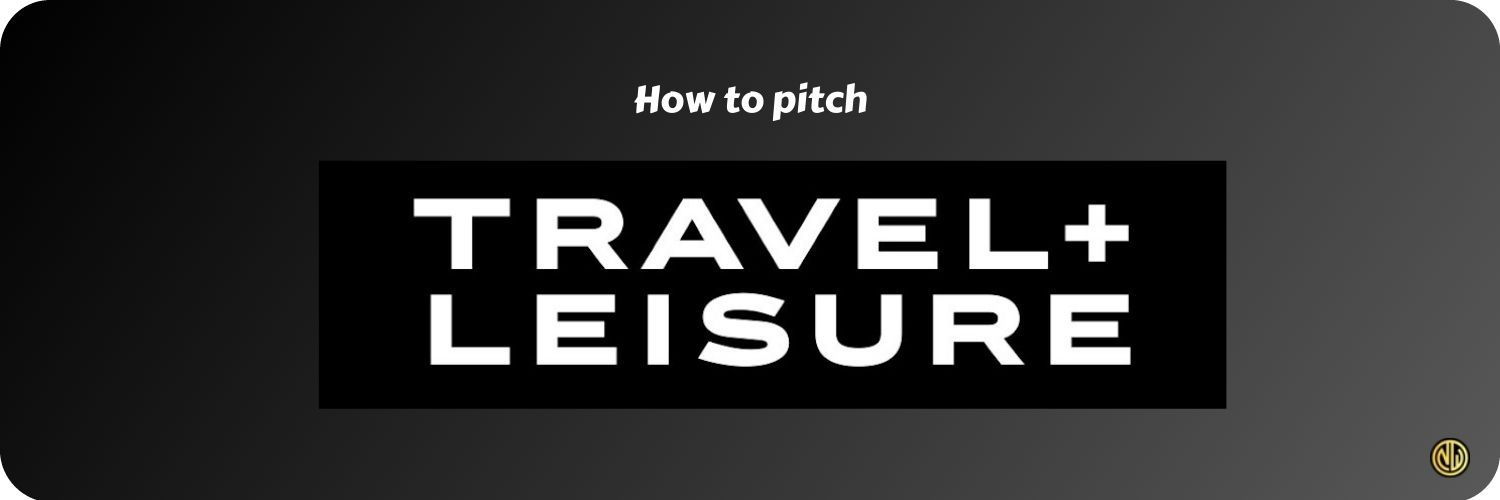
Travel + Leisure
Travel + Leisure is a lifestyle magazine that was first established in 1937 under the name U.S. Camera and Travel. The brand adopted its current name in 1971. According to their website, their audience is people who travel an average of seven times a year; beyond that, as long as your pitch connects to travel in some way and provides a fresh angle, anything goes. The outlet’s pitching guidelines are clear and succinct, and the editors are listed by respective vertical.
Details on how to pitch Travel + Leisure are here.
VICE
VICE is an award-winning global news publication famous for “reporting the under-reported”. The outlet doesn’t shy away from journalism on controversial topics, and covers everything from sex and psychedelics to the war on drugs and other major global challenges. The outlet was established in 1994, and has many different verticals and levels of coverage.
Details on how to pitch VICE are here.
Related Blog: How to Write for VICE
Vulture
Vulture was originally the entertainment and culture section of New York magazine. When it spun off into its own website and brand in 2010, it fully embraced its playful writing style and rigorous journalism for pop culture. The brand wants to see short, precise pitches, but also wants to see links to past examples of your work to “see how you handle the pitch”, per their pitching guidelines.
Details on how to pitch Vulture are here.
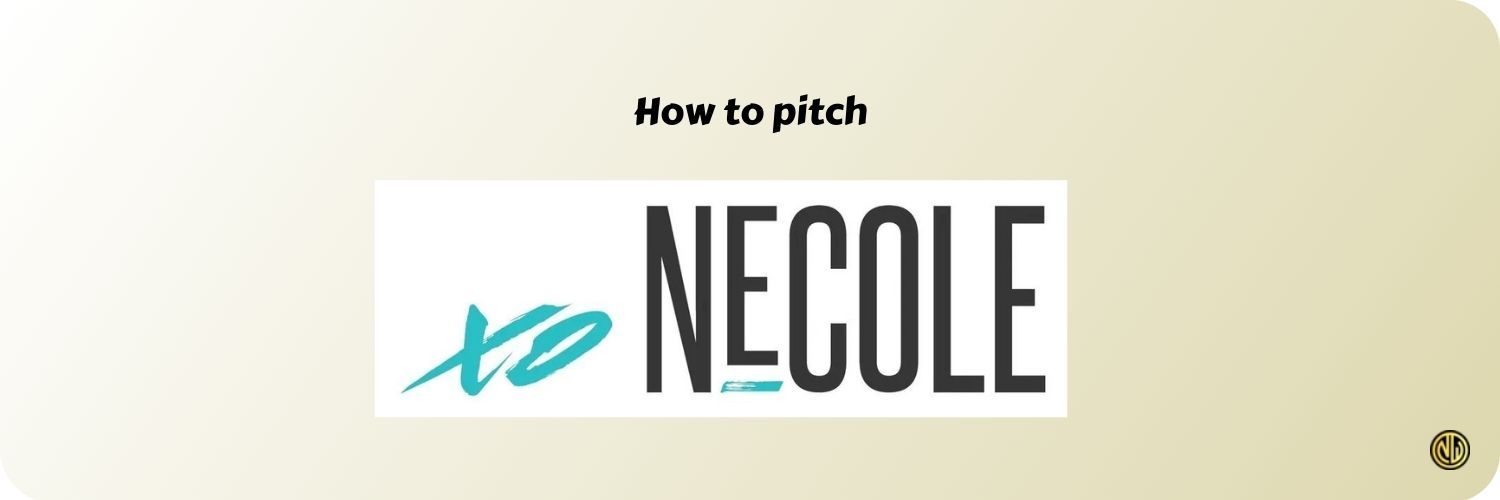
xoNecole
xoNecole is a digital publication for women of color that covers culture, career advice, health and beauty, relationships, and human interest essays. The site was founded in 2008 by celebrity gossip blogger Necole Kane, who used xoNecole as a way to rebrand toward more positive, community-driven storytelling. The site is active, but a heads-up that the pitching guidelines are from 2017. The site wants to see completed drafts that are 400-600 words, or slightly longer for personal essays.
Details on how to pitch xoNecole are here.

Limited-Time Offer: ‘Pitching Publications 101’ Workshop
Get the ‘Pitching Publications 101’ Workshop and two other resources as part of the Camp Wordsmith® Sneak Peek Bundle, a small-bite preview of my company's flagship publishing program. Offer expires one hour from reveal.
Health and Wellness Publications
A health publication is a tried-and-true media property, as millions of Americans seek out information on how to live longer, happier lives on a daily basis. Health SEO has faced increased regulation in recent years in an effort to combat misinformation; if you’re a credentialed expert in the health space, you’ll have an edge, but every publication wants to accept a great pitch, and most pitching will have story as the central focus.

EatingWell
EatingWell was founded in 1990 and is now owned by media parent company Meredith. The outlet covers healthy eating and the origin of food, and wants to see pitches that have a timely or topical hook to them. In their words, “why should we cover this now?”
Details on how to pitch EatingWell are here.
Men’s Health
Men’s Health was founded in 1986, and the instructions for Men’s Health UK are more direct than Men’s Health US. The brand wants to see pitches of under 250 words, and also wants to see examples of past writing in your pitch. The US version of the magazine does not have explicit instructions for pitching, but general best practices apply, and the masthead of editors is here for research purposes.
Details on how to pitch Men’s Health UK are here.
The Mighty
The Mighty is a publication that centers around first-person essays on mental health, chronic illness, parenting, and caregiving. Per their website: “At The Mighty, our stories prioritize the lived experience of people with health conditions, disabilities, or any kind of neurodiversity. We also publish the perspectives of parents, educators, medical professionals, and caregivers.” The outlet wants to see pitches of 400-1200 words, and expects a completed draft in your initial submission.
Details on how to contribute to The Mighty are here.
The Mighty also has one of the best style guides for writers when it comes to writing about chronic illness and disability, which you should check out here.

MindBodyGreen
MindBodyGreen is a popular online health website that covers both medical and holistic topics. The outlet prefers contributors and writers who are credentialed, as search engines become increasingly regulatory about health information, but also considers outstanding personal essays or first-person perspectives from non-credentialed writers, too. The outlet was founded in 2009.
Details on how to contribute to MindBodyGreen are here.
Outside
Outside magazine was founded in 1977, and continues to be one of the most popular media publications today with regard to covering the great outdoors. The outlet is always looking for freelancers, and centers of coverage of adventure sports, gear, travel, fitness, and the environment. Read the magazine to get a sense of what they’re currently covering. The pitching guidelines include vertical-specific instructions and email addresses; ensure you’re sending your pitch idea to the correct vertical from the start so your pitch doesn’t end up in the trash.
Details on how to pitch Outside magazine are here.
Runner’s World
Runner’s World has existed since 1966, and focuses heavily on — no surprise here — running! From personal anecdotes to gear reviews to form tips, the publication aspires to be a leading source for one of America’s most popular forms of physical exercise. The outlet captured the Pulitzer Prize for Feature Writing in 2021 for Mitchell Jackson’s stunning essay “Twelve Minutes and a Life”, about how running fails Black America. Pitches should be a pitch only, and if editors choose to proceed they’ll get back to you within a few days.
Details on how to pitch Runner’s World are here.

STAT
STAT is a health publication founded in 2015 by the owner of the Boston Globe. The site focuses on detailed reporting on health, medicine, and scientific discovery, and has a high bar for editorial quality. The outlet is explicitly not looking for consumer-friendly stories or roundups (Example: “The best afternoon snacks to beat the 3pm slump” would be too superficial and mainstream of an angle).
As a result, STAT pays well. Per their website, here are their rates:
- 600-800 words: $550
- 800-1000 words: $700
- 1000-1200 words: $850
- 1200-1500 words: $1,000
- 1500-2000 words: $1,400
Details on how to pitch STAT are here.

Well+Good
Well+Good is a health publication founded in 2010 that also does live events and video collaborations. The outlet focuses on covering the wellness “scene”, and blends fitness and health advice with culture and celebrity news. Pitches should be short and reported, unless they are personal essays. Their pay tiers are as follows, per their website:
For reported pieces:
- Tier 1: $150-$350 (500-800 words, 0-2 sources)
- Tier 2: $350-$500 (800-1200 words, 3-4 sources)
- Tier 3: $500+ (1200+ words, heavily reported)
For personal essays and op-eds:
- Tier 1: $200-$400 (600-1,000 words)
- Tier 2: $400+ (1,000+ words)
Details on how to contribute to Well+Good are here.

Women’s Health
Women’s Health was founded in 2005 as a sister publication to Men’s Health, which, by this time, had transitioned from a health magazine to a full-blown lifestyle brand. The brand reaches over 44 million readers a month, and is considered one of the premier health publications for women in modern media. There aren’t pitching guidelines for attending, but there is a clear masthead.
The Women’s Health digital masthead is available here.
Science, Technology, and Nature Publications
Science journalism has never been more important. Scholarly journals and academic publishing dominate the minds of many a well-trained scientist, but the general public wants to read this information, too. Translating the complexities of science into plain English is something many media outlets want.
AR Insider
AR Insider is a niche publication that focuses specifically on coverage related to augmented reality. Op/ed submissions should be 600-1,000 words, and should focus on trend analysis, experience, or tactical advice. There is no pitching; you submit a completed article for consideration as part of their Thought Leaders program.
Details on how to apply to the AR Insider contributor program are here.
Discover
Discover Magazine is a publication that focuses on the mind, technology, health, and the environment. The outlet has both online and print editions, which have separate pitching guidelines. Pitches should be precise and rooted in science. An important note here on pieces for Discover Magazine is the exclusivity window: pieces submitted to the website must remain exclusive to the mag for 365 days, an unusually long time, before you can reuse any of the material for your own blog or email newsletter. The outlet pays $300 for online stories and $1,000-$1,200 for print stories.
Details on how to pitch Discover Magazine are here.
Inverse
Inverse describes itself as “a New York based media company focused on sparking intellectual curiosity in young people”. The web publication, founded in 2015, has a fresh, snazzy feel, and its verticals include science, innovation, mind & body, video games, and entertainment. The pitching guidelines include explicit instructions on what to put in your email subject line, which is a test to see if you’ve done your homework prior to pitching.
Details on how to pitch Inverse are here.
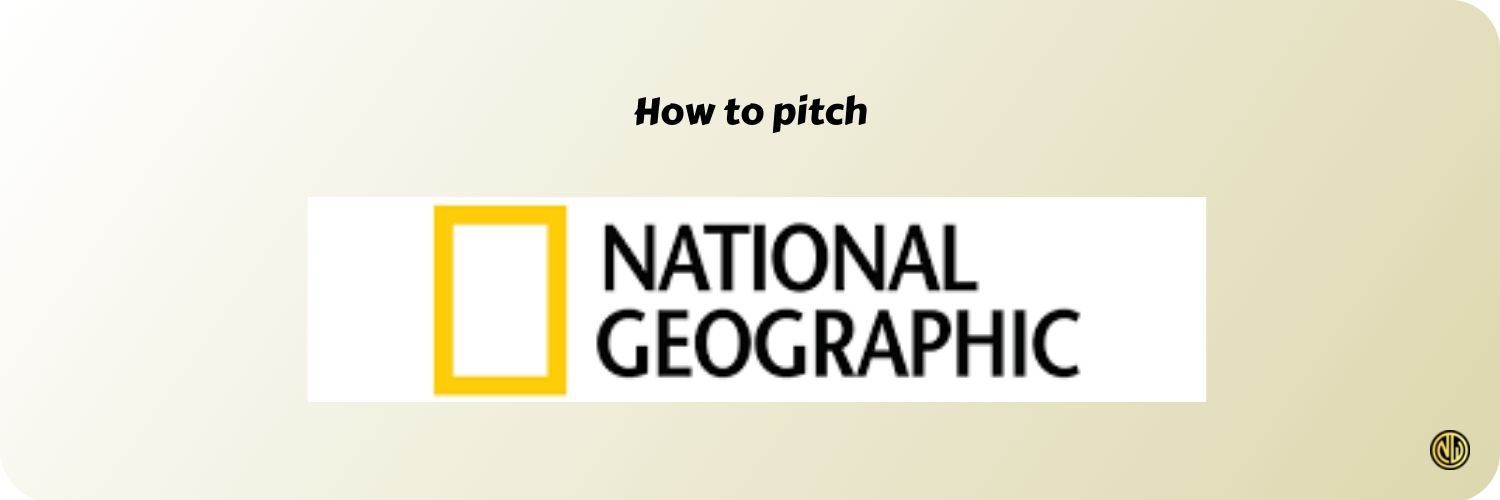
National Geographic
It’s one of the most iconic American media brands… maybe ever? The publication started as a scholarly journal for the National Geographic Society all the way back in 1888. The outlet’s current verticals include animals, the environment, history and culture, kids and family, science, and travel, each with their own respective pitching instructions. According to their pitching guidelines, pitches should have “a working headline, a 200-word summary of the story, ideas for photos or infographics, and a proposed word count.”
Details on how to pitch National Geographic are here.
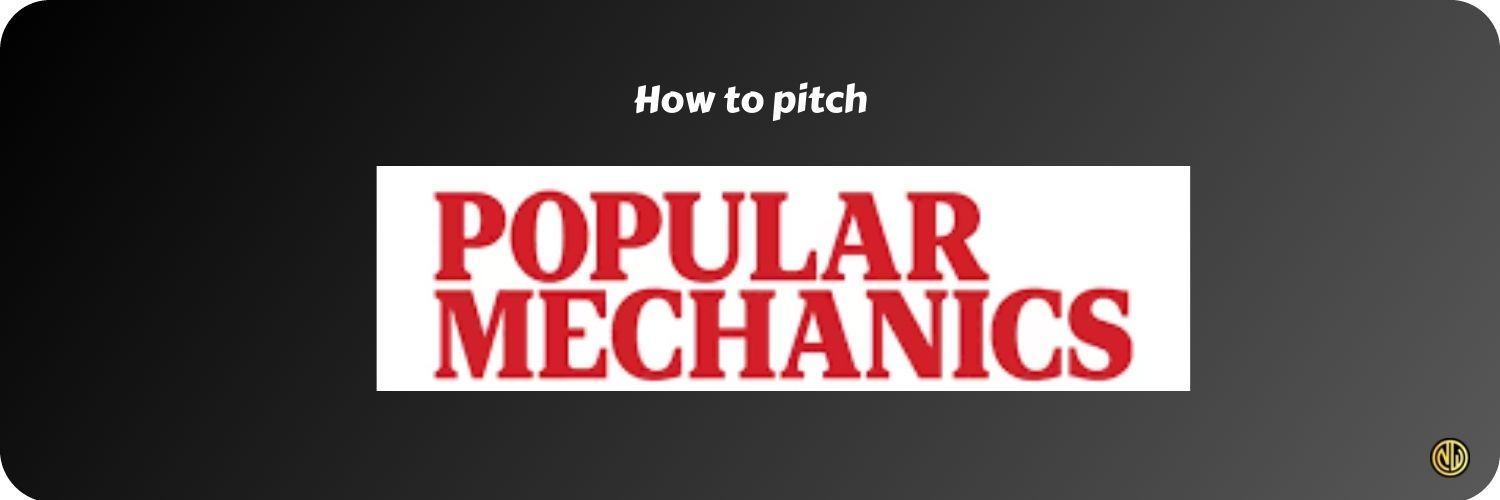
Popular Mechanics
Popular Mechanics has been around for over a century. Its first issue came out in 1902, and the magazine has been distributed by Hearst since 1958. According to their website, “We publish the latest science and technology news, authoritative how-to guides, and expert product reviews.” The outlet pays for stories, and has separate pitching instructions for stories under and over 2,000 words. The outlet entertains feature pitches of up to 6,000 words. For both pitch categories, the outlet wants to see examples of past work.
Details on how to pitch Popular Mechanics are here.

Psychology Today
Psychology Today was founded in 1967, and has a strong web presence thanks to its contributor program. Contributors for both the website and the magazine are clinicians and mental health professionals who want to concentrate on a specific area in the mental health field. The outlet uses the word “proposals” interchangeably with pitches; think about how what you offer can be different or unique from what is already on their website.
Details on how to pitch Psychology Today are here.
Science
Science Magazine is the peer-reviewed academic journal for American Association for the Advancement of Science (AAAS). It has existed since 1880 and is widely regarded as one of the top academic journals in the world. Pitching them may sound intimidating, but the outlet is equally interested in “juicy scoops” from science journalists and freelance writers, per their website.
Additionally, “because we receive all the big press releases and embargoed information from major journals (Science, Nature, PNAS, etc.), you will have very little luck successfully pitching a study from these.” Whew! If you have unique intel in the field of science, the magazine is a dream byline.
Details on how to pitch Science Magazine are here.
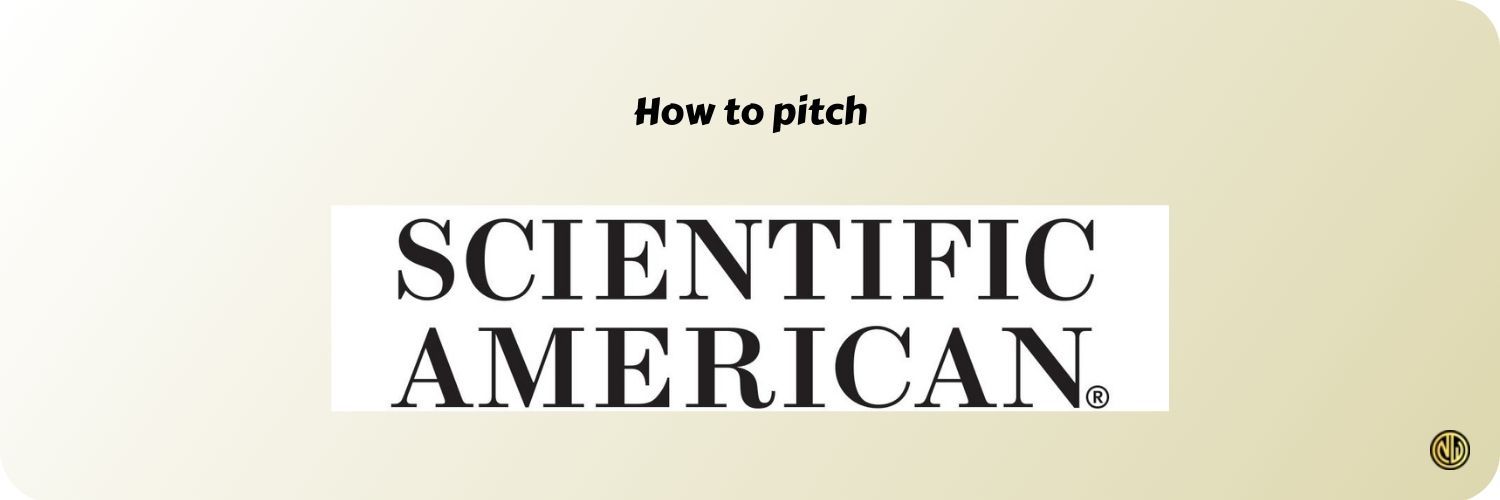
Scientific American
This magazine is OLD! Founded in 1845, Scientific American is the longest-running magazine in the United States. The magazine accepts pitches for both news stories and features, and also accepts completed opinion essays for consideration. All fields of science are covered, and the outlet expects proper sourcing in articles for your fact-based articles (That means linking to published scientific studies when making a fact-based argument, not linking to a media article or your mom’s blog).
Details on how to pitch Scientific American are here.

The Verge
In their own words, The Verge is about “technology and how it makes us feel.” The outlet was founded in 2011, is housed under Vox Media, and covers both tech news and consumer product guides in an impressive visual package. Pitches can be about the nuances of technology, but can also be about how technology intersects with other topics, such as business, culture, or politics.
Details on how to pitch The Verge are here.

WIRED
WIRED was founded in 1993 and is a technology publication about change. The outlet is particularly interested in longform features and reporting, but as with many publications, the best way to get a sense of what the outlet is looking for is to read it on a regular basis. WIRED is explicitly *not* interested in receiving breaking news stories from freelancers; those stories are taken care of by staff writers (which is true for a lot of other publications, too).
Details on how to pitch WIRED are here.
Business and Career Publications
Business publications are some of the most sought-after bylines for freelancers and experts alike. Having a byline in a business publication implies that you know what you’re doing, and for many self-employed people the instant credibility that comes with a business outlet byline is huge. Here are some of the biggest and most exciting ones to aim for.

Bloomberg
Bloomberg is a global financial news outlet that was founded in 1990. By 2010, the outlet had 2,300 editors in 72 different countries. The brand is truly global when it comes to financial and business news. Because of its size, Bloomberg doesn’t have specific pitching instructions, per their website; their guidance is to seek out a journalist or editor who covers the industry you are in, and to contact and pitch them directly.
Here are a couple of sentences I was able to scrape up about pitching Bloomberg.
Content Marketing Institute
The Content Marketing Institute, also known as CMI, was founded by entrepreneur Joe Pulizzi in 2011. The outlet has a distinct audience — marketing professionals — and is more of an industry blog than a media publication. When submitting, you’ll need to submit both an introduction and a completed, previously unpublished article in order to be considered.
Details on how to submit to the Content Marketing Institute are here.

The Economist — 1843 Magazine
The Economist is an iconic global business magazine that has been around since 1843. 1843 Magazine is where the brand explores more narrative, longform journalism. According to their website: “Where The Economist often analyses topics by looking at implications for decision-makers, 1843 features narrative journalism, telling stories from the ground up, usually with people at the heart.” You’re only pitching home runs to this brand — features are expected to be 3,000 — 6,000 words and require multiple months to develop. The Economist has an audience of over 60 million people; if you have an incredible story to cover in the world of business, the outlet is a dream byline.
Details on how to submit to The Economist’s 1843 Magazine are here.

Entrepreneur Magazine
I’ll always have a soft spot for Entrepreneur mag; it was my first tier-one contributed article byline. Entrepreneur has a unique process that is — surprise! — very entrepreneurial.
Entrepreneur’s contributor network has been around for several years, and in June 2020 it underwent an overhaul. To write for Entrepreneur, you must apply for the Entrepreneur Leadership Network, which opens and closes periodically. The fee to contribute for Entrepreneur is $1,000 a year, and there are no paid writing opportunities. If you perform well as a contributor, you’ll be bumped up to the VIP contributor tier, which, in my experience, has no annual fee to be a part of.
“Pay $1,000? What the heck?” Here’s my two cents: if you have something to say, but don’t have an online portfolio of past published writing, getting in over at Entrepreneur might be one of the fastest ways to start racking up bylines. Note that you’ll need to include past samples of your work in the application process.
Details on the Entrepreneur Leadership Network are here.

Fast Company
Fast Company is an iconic American business brand that was founded in 1995 by two former Harvard Business Review editors. Their perspective was that global revolution changes the way businesses function, and the way businesses function changes the world. Most of their verticals are covered by staff writers; your best at getting your foot in the door as a contributor is to pitch the Work Life column, which can be about anything related to workplace culture. Pitching as a FastCo contributor is unique in that you’ll be pitching a completed, previously unpublished article right from the start.
Details on how to pitch Fast Company’s Work Life vertical are here.

Forbes
Okay, okay — a lot of you want this one, and there’s been drama lately! So let’s all get on the same page.
First, a quick note about Forbes as an outlet. Forbes was founded in 1917 and is one of the most recognizable brands in business media. One advantage Forbes had was that, throughout the 1920s, it was the only major business magazine in America, cementing its status as a household name.
Forbes introduced its contributor program in 2010. The contributor platform, which allowed experts and thought leaders to publish pieces on the website, quickly became the brand’s primary digital driver. Here’s the drama in a nutshell:
- Forbes’ contributor program allowed contributors to pitch columns. When you have a column, you can publish as often as you like, and you’d be paid based on viewership.
- However, many contributors began selling the ability to be featured in their columns. This is unethical journalism.
- To clamp down, Forbes recently axed a lot of inactive contributors and tightened the belt.
- While the brand is still accepting new contributors, your pitch must be very tight.
With all that said, it’s still possible to contribute to Forbes, and they cover just about everything as long as it is obliquely related to business.
Details on how to contact Forbes are here.
Related Blog: How to Write for Forbes, in 4 Steps
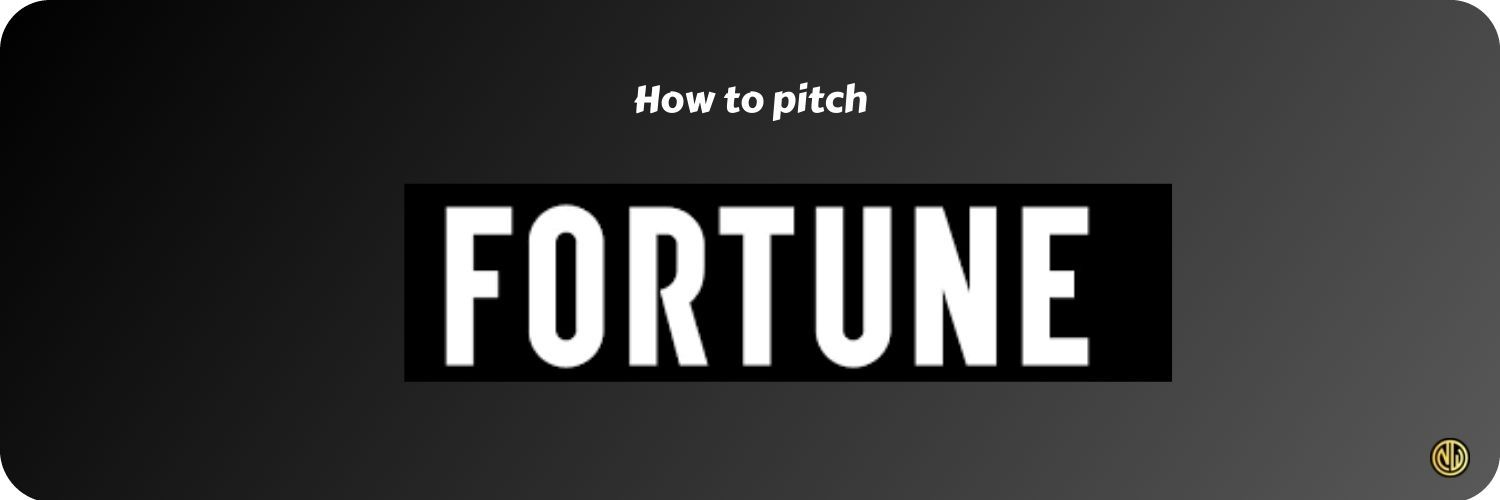
FORTUNE
FORTUNE magazine was established in 1929 by a former Time Magazine editor as a “distinguished and de luxe [sic]” publication. The outlet focuses on larger business news and corporate behavior. To pitch FORTUNE for paid journalism opportunities, pitch an editor or journalist who works at the publication. The site’s pitching instructions give the editor email address for verticals that work with freelancers, which includes finance, technology, lifestyle, corporations, government, and European markets.
Details on how to pitch FORTUNE are here.
The Harvard Business Review
The Harvard Business Review (HBR) was first published in 1922, and its prominence in management thinking led Harvard to establish Harvard Business Publishing in 1994, allowing it to expand into paperback and hardback books and management guides. The outlet covers leadership, negotiation, strategy, operations, marketing, psychology, and finance. HBR is highly esteemed, and the outlet prefers to receive pitches from subject matter experts, scholars, scientists, and professors. Extraordinary pitches from authors and/or outside contributors are also considered.
Remember that this is an academic publication seeking original and fresh thought leadership.
Details on how to pitch The Harvard Business Review are here.
The Harvard Business Review — Ascend
Yes, I’m listing HBR twice! That’s because Ascend is a separate publication with separate pitching guidelines. It’s also less competitive since it’s newer; the offshoot was established in November 2016 to appeal to global young professionals. Think of Ascend as HBR covering topics more suitable for people in the earlier stages of their careers. They aren’t in upper management yet, but they aspire to get there someday. Their pitching process uses an online form, and the credentials you need to get published in Ascend are generally less competitive.
Details on how to pitch HBR Ascend are here.

HubSpot
HubSpot isn’t a media publication — it’s a blog. And a damn good blog at that. HubSpot has an Ahrefs domain authority of 93 out of 100, which is as high as Entrepreneur, Fast Company, and other major media brands. Its massive SEO presence and audience means that lots of intentional readers will land on your contributed article; the platform has been around since 2006, and wants to see a completed article in your blog post pitch.
Details on how to pitch HubSpot are here.
Inc. Magazine
Inc. Magazine is a business publication that was founded in 1979. The brand says that it is the only media brand catering to owners and managers of privately owned businesses. I disagree with the assertion that it’s the *only* publication with that target audience, but it is one of the largest.
Inc. Magazine accepts both pitches for one-off articles and pitches for its contributor program, and there are clear instructions for how to pitch each. If pitching a contributor column, you’ll need to make a case for why your column is new and different from other columns on the site, and why it will attract new readers.
Details on how to pitch Inc. are here.

Insider
Insider, also known as Business Insider, is one of the largest media brands in America. Combined, the sites attract tens of millions of visitors each month. Insider wants you to pitch them, and there are very clear instructions on how to proceed with either an unpaid contributor article or a paid freelancing opportunity.
Details on how to pitch Business Insider are here.
Related Blog: How to Write for Business Insider
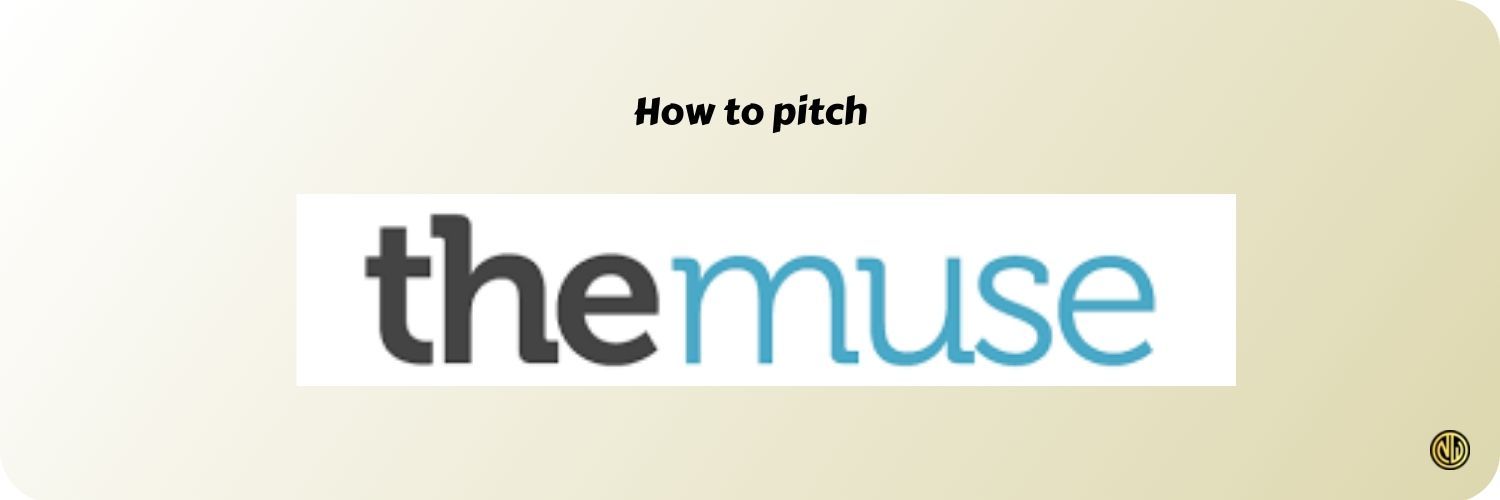
The Muse
The Muse, formerly known as the Daily Muse, was established in 2011 as an online careers publication and overall platform. The platform has a lower barrier to entry than other outlets, and can be a great way to get your foot in the door and start landing bylines. The pitching instructions on their website are clear, and while past writing samples are encouraged, they aren’t required in order to get started with pitching.
Details on how to contribute to The Muse are here.
Quartz
Quartz is an international business publication that was founded in 2012. The outlet was especially effective on Facebook News, allowing it to grow in popularity, and describes itself as “an ally and resource for purpose-driven professionals in search of new approaches to business”. The section of the website you can pitch is Quartz Ideas, which includes anything that is about — you guessed it — a fresh, new idea.
Details on how to pitch Quartz Ideas are here.

Limited-Time Offer: ‘Pitching Publications 101’ Workshop
Get the ‘Pitching Publications 101’ Workshop and two other resources as part of the Camp Wordsmith® Sneak Peek Bundle, a small-bite preview of my company's flagship publishing program. Offer expires one hour from reveal.
Miscellaneous Niche Publications
These last few publications didn’t really fit in any other category, but I wanted to include them here for reference.

Inman
Inman is a platform that caters specifically to the real estate industry. The outlet is a valuable way to get in front of real estate professionals, and the pitching instructions on their website are clear.
Details on how to pitch Inman are here.

Nolo
Nolo is a legal platform that has been publishing helpful content since 1971. If you’ve ever googled a legal term to try and figure out what the heck it means, you’ve probably come across the brand and its excellent SEO presence. Per their website, the outlet seeks to publish” reliable, plain-English legal information that anyone can use.” Articles should be 600—1,200 words in length, and only attorneys can apply.
Details on how to write for Nolo are here.
Washington Post: Launcher
A note here that The Washington Post, previously mentioned above, also has a separate pitching protocol for Launcher, its vertical focused exclusively on… video games! Launcher expects reported pieces, they don’t accept essays or op-eds, and they rarely accept reviews. If video game journalism is the kind of writing that lights you up, the outlet pays $450 for a 1,200-1,500 word reported piece.
Details on how to pitch Launcher at The Washington Post are here.

Wine Enthusiast
Wine Enthusiast was established in 1979, and covers all things wine. Reviews and “best of” lists are handled by the internal editorial team, but the outlet does accept pitches from freelancers. Pitches can be under a paragraph in length.
Details on how to pitch Wine Enthusiast are here.

Wirecutter
Wirecutter is the product reviews subsidiary of The New York Times. The outlet does rigorous, thorough reviews of every gadget imaginable; if precise gadget coverage is your jam, it’s a dream byline to land.
The outlet accepts pitches for short reported articles and op-eds per their website, and also works with some freelance writers over extended periods of time on longform guides. Pitch the short stuff first to get your foot in the door and find your rhythm.
Details on how to pitch Wirecutter are here.
Frequently Asked Questions
Can Anyone Pitch a Media Article?
It depends on the outlet. Some outlets only publish articles from staff writers, but many accept submissions from contributors and the general public. Different outlets prefer different formats.
Is It Okay to Send a Cold Pitch to an Editor?
Yes. Editors are used to receiving cold pitches, since their email addresses are often scraped by various distribution lists. Make your cold pitch relevant and unique to the publication you are pitching to stand out.
Who Is the Best Person to Pitch?
This will vary by publication. Many publications give clear pitching instructions on their websites. If you can't find this info, look for an editor associated with the publication. There are many editor titles, but they are all overseeing new content posts.
What Is Considered Good Pitch Follow-Up Etiquette?
A follow-up after about a week is standard, and up to two follow-ups is usually okay. For breaking news, faster follow-ups are often expected. Don't follow up endlessly, and please don't add our email addresses to distribution lists or newsletters without our permission.
Pitch Your First (or Next) Media Article Today
Take your time when researching an outlet to ensure your pitch has a good chance of success. When you pitch the right idea to the right editor and the right outlet, your next byline will come sooner than you think.
Thanks For Reading 🙏🏼
Keep up the momentum with one or more of these next steps:
📣 Share this post with your network or a friend. Sharing helps spread the word, and posts are formatted to be both easy to read and easy to curate – you'll look savvy and informed.
📲 Hang out with me on another platform. I'm active on Medium, Instagram, and LinkedIn – if you're on any of those, say hello.
📬 Sign up for my free email list. This is where my best, most exclusive and most valuable content gets published. Use any of the signup boxes on the site.
🏕 Up your writing game: Camp Wordsmith® is a content marketing strategy program. Get instant access to resources and templates guaranteed to make your marketing hustle faster, better, easier, and more fun. Sign up for the waitlist here.
📊 Hire me for consulting. I provide 1-on-1 consultations through my company, Hefty Media Group. We're a certified diversity supplier with the National Gay & Lesbian Chamber of Commerce. Learn more here.


